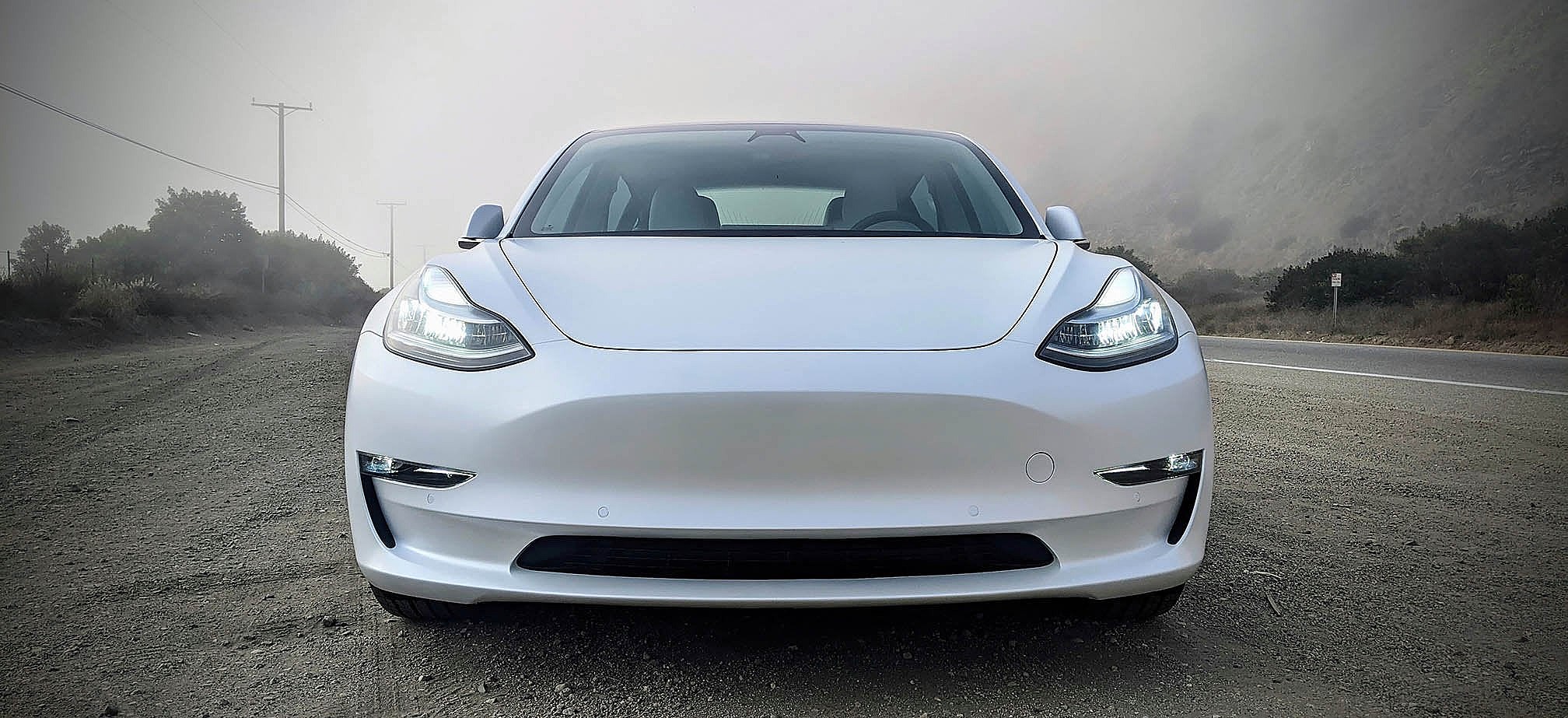
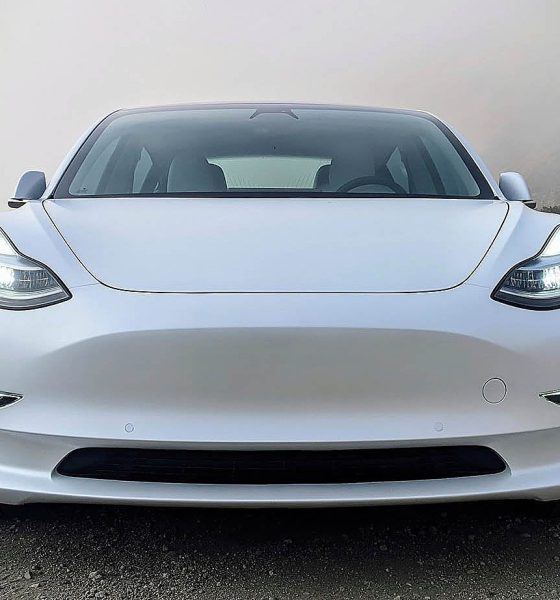
News
Tesla Model 3 overtakes UK’s most popular gas cars in December 2020 registrations
The Tesla Model 3 has claimed the top spot for car registrations for December 2020, overtaking the region’s most popular gas-powered cars, new data from the Society of Motor Manufacturers and Traders shows.
The Model 3 has dominated markets like the United States and China in terms of the most popular electric cars. However, the United Kingdom saw the Model 3 become the most popular vehicle regardless of powertrain. It overtook the Volkswagen Golf and the Ford Fiesta, two of the UK’s three most popular cars the top seller in December.
The #Tesla #Model3 takes top spot in new car registrations in the UK in December, according to new release from the SMMT.
Overall, the BEV mkt share is growing in the UK by leaps and bounds!@TeslaPodcast @Teslarati @Lebeaucarnews @alex_avoigt @ARKInvest @GerberKawasaki pic.twitter.com/4pCYWLuzYS
— Tavi (@tavi_chocochip) January 6, 2021
Data from the SMMT shows Tesla sold 5,798 Model 3s in the United Kingdom in December. This eclipsed the Volkswagen Golf, the second-place vehicle, by 1,328 units. The Ford Fiesta, the top seller in the UK for 2020, finished third for the month, with 3,367 units sold.
Credit: SMMT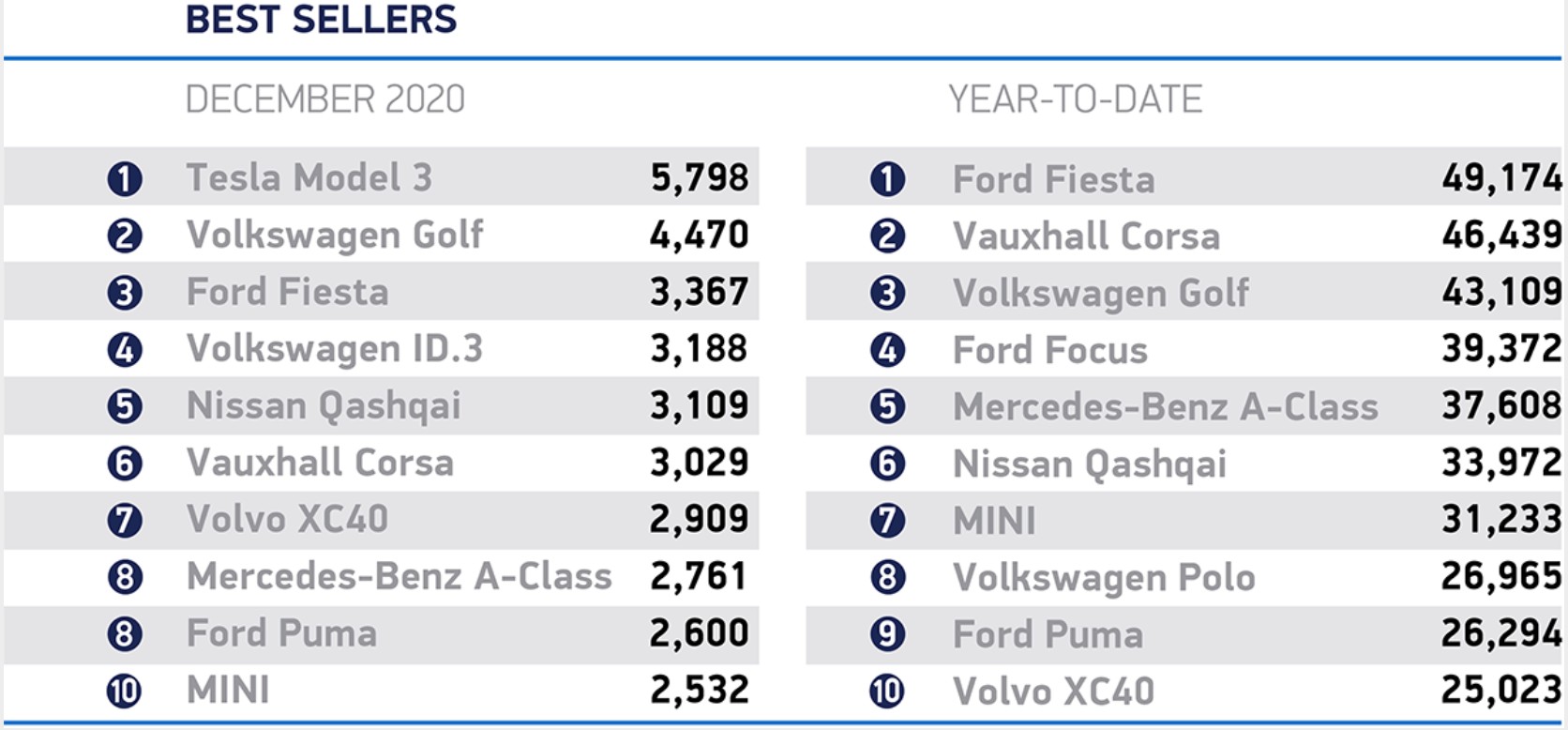
The Model 3 has become the most popular electric vehicle in many markets due to its highly-affordable price point and commendable range and performance qualities. It was first manufactured by Tesla in 2017, and there is reason to believe that Tesla could have been experiencing overwhelming demand for the Model 3 in Europe due to the company importing many builds from the company’s Giga Shanghai facility in China. Tesla originally said that the China-manufactured Model 3s wouldn’t be imported. Still, the new numbers from the SMMT seem to indicate that demand was high, and the only way to keep up with it and fit the company’s year-end guidance of 500,000 cars was to import some builds from China to Europe.
Tesla Model 3 produced in Giga Shanghai are heading to Europe next week
As for battery electric vehicles (BEVs) as a whole, the UK saw a 343.7% increase in registrations in December 2020 compared to the same month in 2019. Figures show that a total of 21,914 BEVs were bought in December 2020, a sizeable increase from the 4,939 units that were sold in December 2019.
A noticeable increase in BEV purchases for 2020 as a whole was also noticed in the SMMT data. The 108,205 BEVs sold in 2020 eclipsed the 37,850 BEVs sold in 2019, a 185.9% increase. Additionally, a 5% increase in market share was reported for BEVs, from just 1.6% in 2019 to 6.6% in 2020.
Credit: SMMT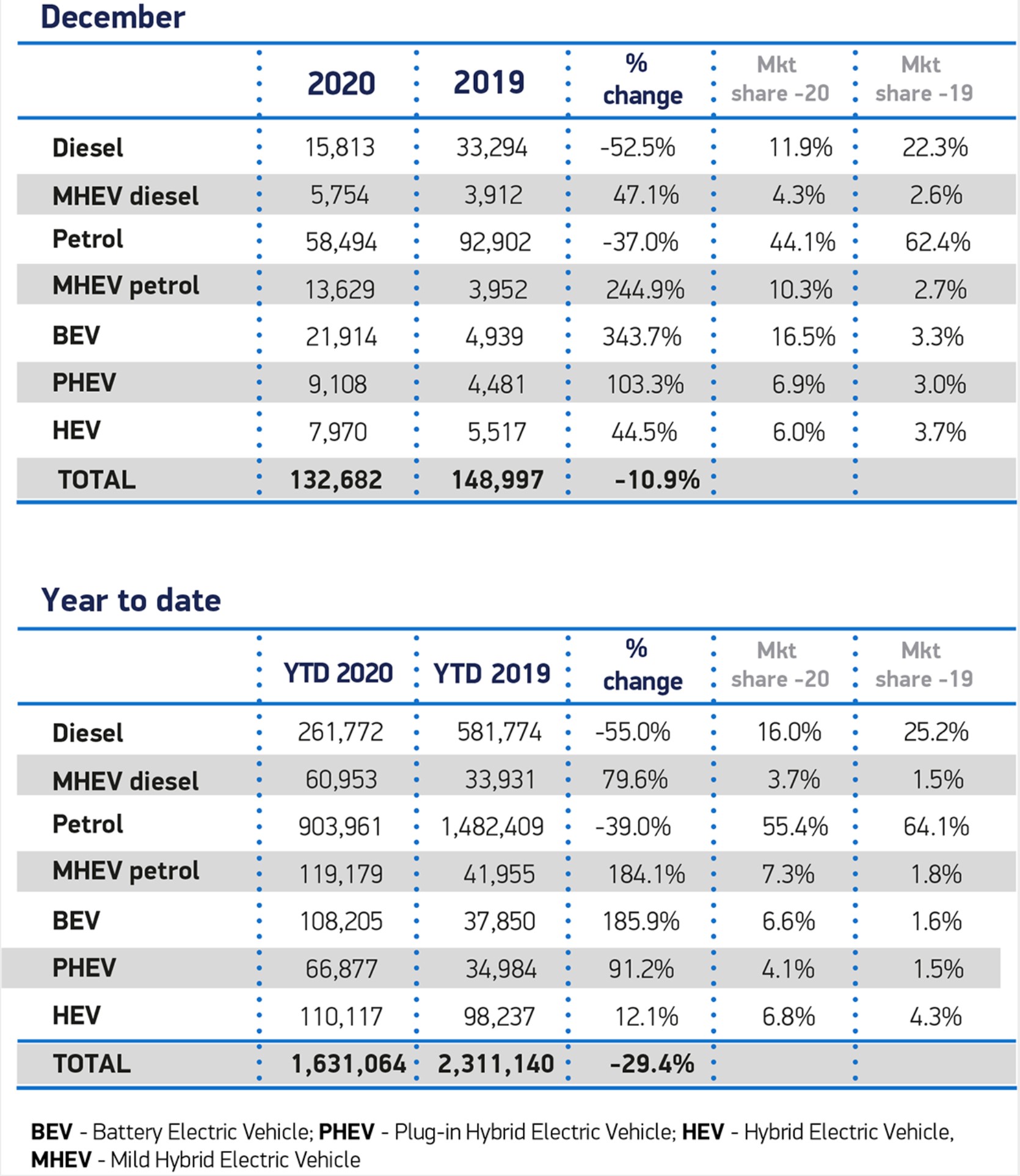
The Model 3 has dominated sales figures in many countries and regions since its introduction in 2017. As of now, it is the car that has put Tesla on the map as a mass-manufacturer of automobiles, and the Model Y crossover will only solidify the company’s presence as a major player in the transition to EVs. There is no doubt that the Model 3 was the main contributor to Tesla reaching its 500,000 vehicle production and delivery rate for 2020. Now that the popularity shows up in proven figures by surpassing gas-powered cars, the dawn of a new era may be upon the automotive industry.

News
Tesla Model Y L is gaining momentum in China’s premium segment
This suggests that the addition of the Model Y L to Tesla China’s lineup will not result in a case of cannibalization, but a possible case of “premiumization” instead.
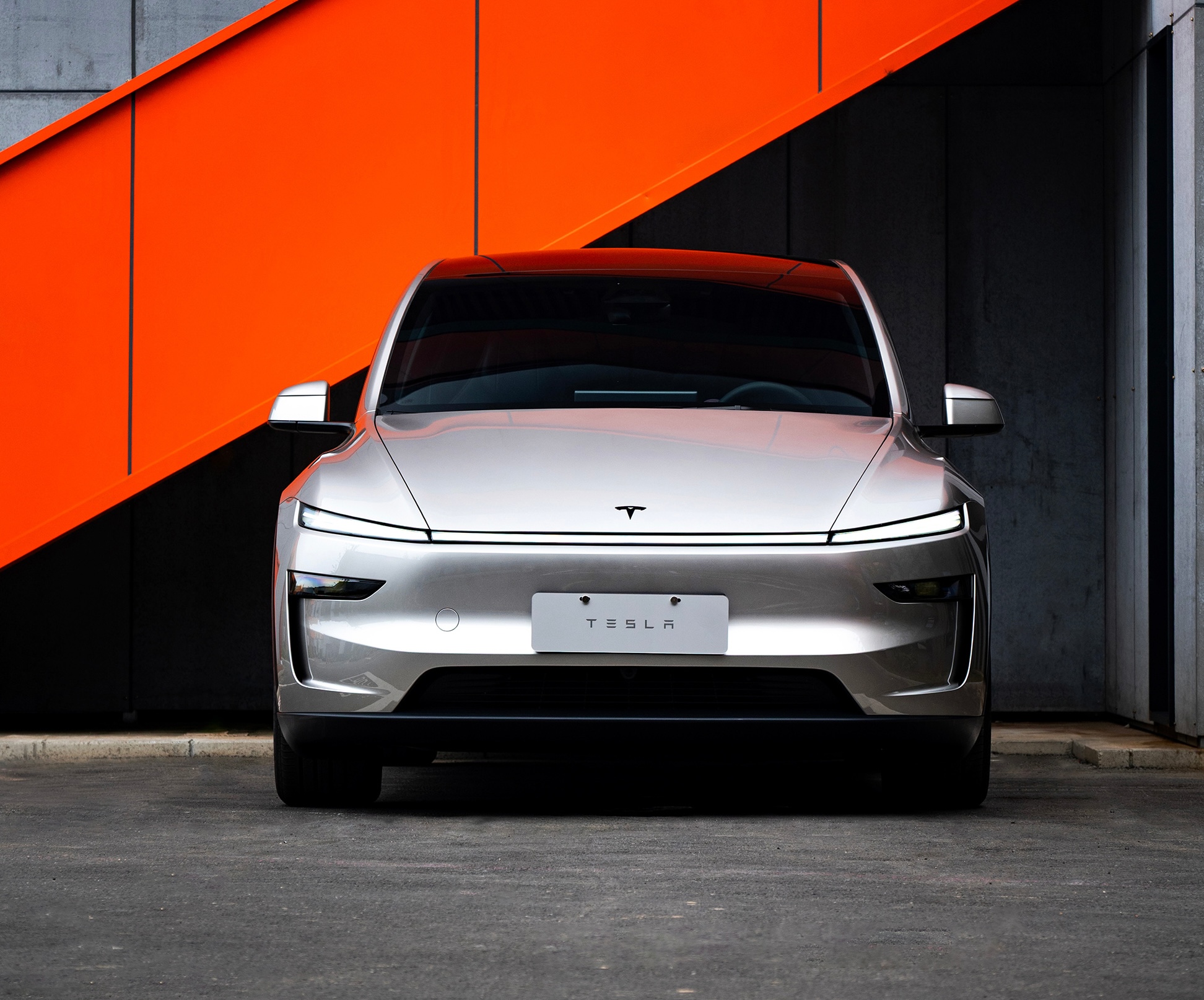
Tesla’s domestic sales in China held steady in November with around 73,000 units delivered, but a closer look at the Model Y L’s numbers hints at an emerging shift towards pricier variants that could very well be boosting average selling prices and margins.
This suggests that the addition of the Model Y L to Tesla China’s lineup will not result in a case of cannibalization, but a possible case of “premiumization” instead.
Tesla China’s November domestic numbers
Data from the a Passenger Car Association (CPCA) indicated that Tesla China saw domestic deliveries of about 73,000 vehicles in November 2025. This number included 34,000 standard Model Y units, 26,000 Model 3 units, and 13,000 Model Y L units, as per industry watchers.
This means that the Model Y L accounted for roughly 27% of Tesla China’s total Model Y sales, despite the variant carrying a ~28% premium over the base RWD Model Y that is estimated to have dominated last year’s mix.
As per industry watcher @TSLAFanMtl, this suggests that Tesla China’s sales have moved towards more premium variants this year. Thus, direct year-over-year sales comparisons might miss the bigger picture. This is true even for the regular Model Y, as another premium trim, the Long Range RWD variant, was also added to the lineup this 2025.
November 2025 momentum
While Tesla China’s overall sales this year have seen challenges, the Model Y and Model 3 have remained strong sellers in the country. This is especially impressive as the Model Y and Model 3 are premium-priced vehicles, and they compete in the world’s most competitive electric vehicle market. Tesla China is also yet to roll out the latest capabilities of FSD in China, which means that its vehicles in the country could not tap into their latest capabilities yet.
Aggregated results from November suggest that the Tesla Model Y took the crown as China’s #1 best-selling SUV during the month, with roughly 34,000 deliveries. With the Model Y L, this number is even higher. The Tesla Model 3 also had a stellar month, seeing 25,700 deliveries during November 2025.
Cybertruck
Tesla Cybertruck earns IIHS Top Safety Pick+ award
To commemorate the accolade, the official Cybertruck account celebrated the milestone on X.

The Tesla Cybertruck has achieved the Insurance Institute for Highway Safety’s (IIHS) highest honor, earning a Top Safety Pick+ rating for 2025 models built after April 2025.
The full-size electric pickup truck’s safety rating is partly due to the vehicle’s strong performance in updated crash tests, superior front crash prevention, and effective headlights, among other factors. To commemorate the accolade, the official Cybertruck account celebrated the milestone on X.
Cybertruck’s IIHS rating
As per the IIHS, beginning with 2025 Cybertruck models built after April 2025, changes were made to the front underbody structure and footwell to improve occupant safety in driver-side and passenger-side small overlap front crashes. The moderate overlap front test earned a good rating, and the updated side impact test also received stellar marks.
The Cybertruck’s front crash prevention earned a good rating in pedestrian scenarios, with the standard Collision Avoidance Assist avoiding collisions in day and night tests across child, adult crossing, and parallel paths. Headlights with high-beam assist compensated for limitations, contributing to the top award.
Safest and most autonomous pickup
The Cybertruck is one of only two full-size pickups to receive the IIHS’ Top Safety Pick + rating. It is also the only one equipped with advanced self-driving features via Tesla’s Full Self-Driving (Supervised) system. Thanks to FSD, the Cybertruck can navigate inner city streets and highways on its own with minimal supervision, adding a layer of safety beyond passive crash protection.
Community reactions poured in, with users praising the vehicle’s safety rating amidst skepticism from critics. Tesla itself highlighted this by starting its X post with a short clip of a Cybertruck critic who predicted that the vehicle will likely not pass safety tests. The only question now is, of course, if the vehicle’s Top Safety Pick+ rating from the IIHS will help the Cybertruck improve its sales.
News
Tesla stands to gain from Ford’s decision to ditch large EVs
Tesla is perhaps the biggest beneficiary of Ford’s decision, especially as it will no longer have to deal with the sole pure EV pickup that outsold it from time to time: the F-150 Lightning.
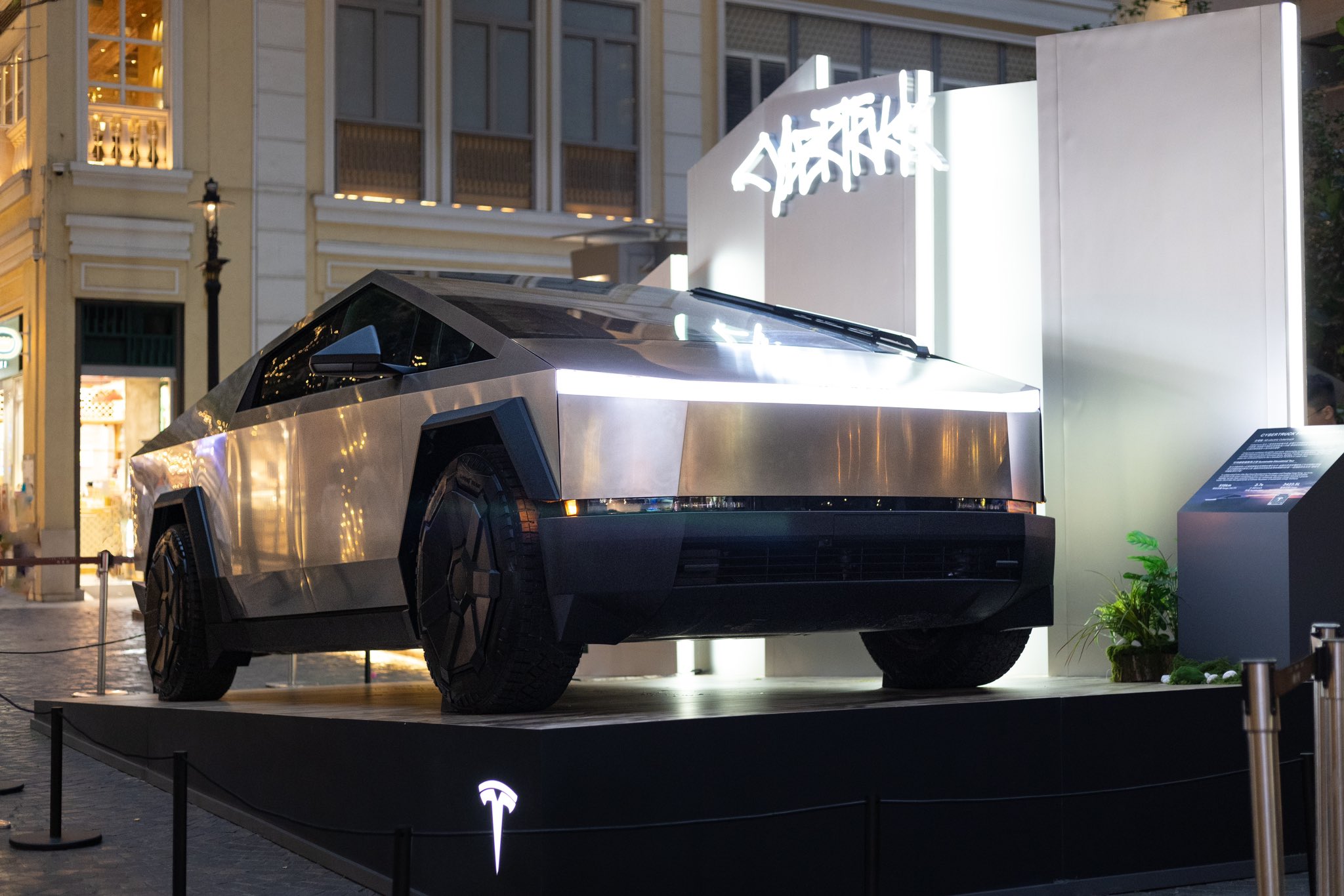
Ford’s recent decision to abandon production of the all-electric Ford F-150 Lightning after the 2025 model year should yield some advantages for Tesla.
The Detroit-based automaker’s pivot away from large EVs and toward hybrids and extended-range EVs that come with a gas generator is proof that sustainable powertrains are easy on paper, but hard in reality.
Tesla is perhaps the biggest beneficiary of Ford’s decision, especially as it will no longer have to deal with the sole pure EV pickup that outsold it from time to time: the F-150 Lightning.
Here’s why:
Reduced Competition in the Electric Pickup Segment
The F-150 Lightning was the Tesla Cybertruck’s primary and direct rival in the full-size electric pickup market in the United States. With Ford’s decision to end pure EV production of its best-selling truck’s electric version and shifting to hybrids/EREVs, the Cybertruck faces significantly less competition.
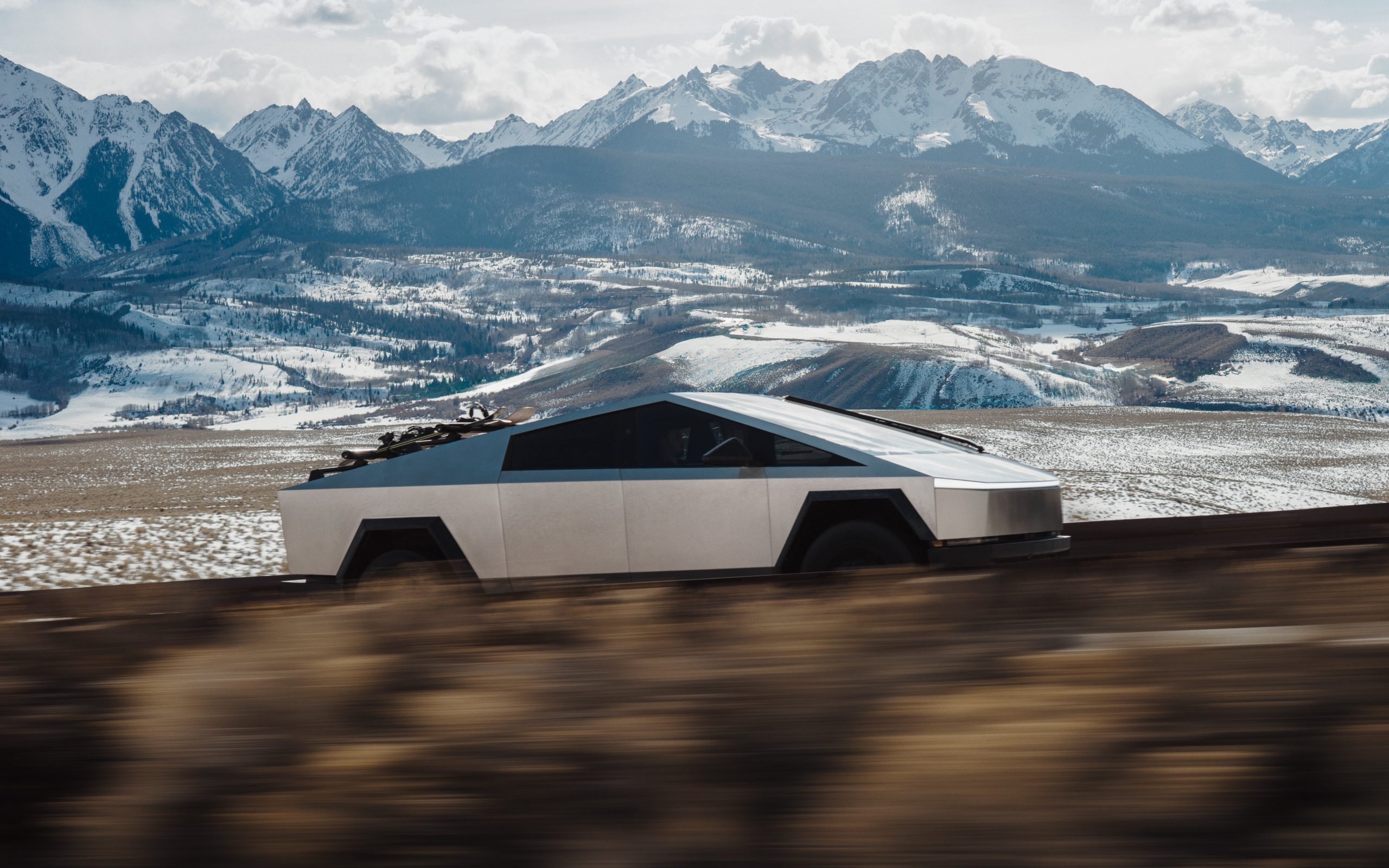
Credit: Tesla
This could drive more fleet and retail buyers toward the Cybertruck, especially those committed to fully electric vehicles without a gas generator backup.
Strengthened Market Leadership and Brand Perception in Pure EVs
Ford’s pullback from large EVs–citing unprofitability and lack of demand for EVs of that size–highlights the challenges legacy automakers face in scaling profitable battery-electric vehicles.
Tesla, as the established leader with efficient production and vertical integration, benefits from reinforced perception as the most viable and committed pure EV manufacturer.
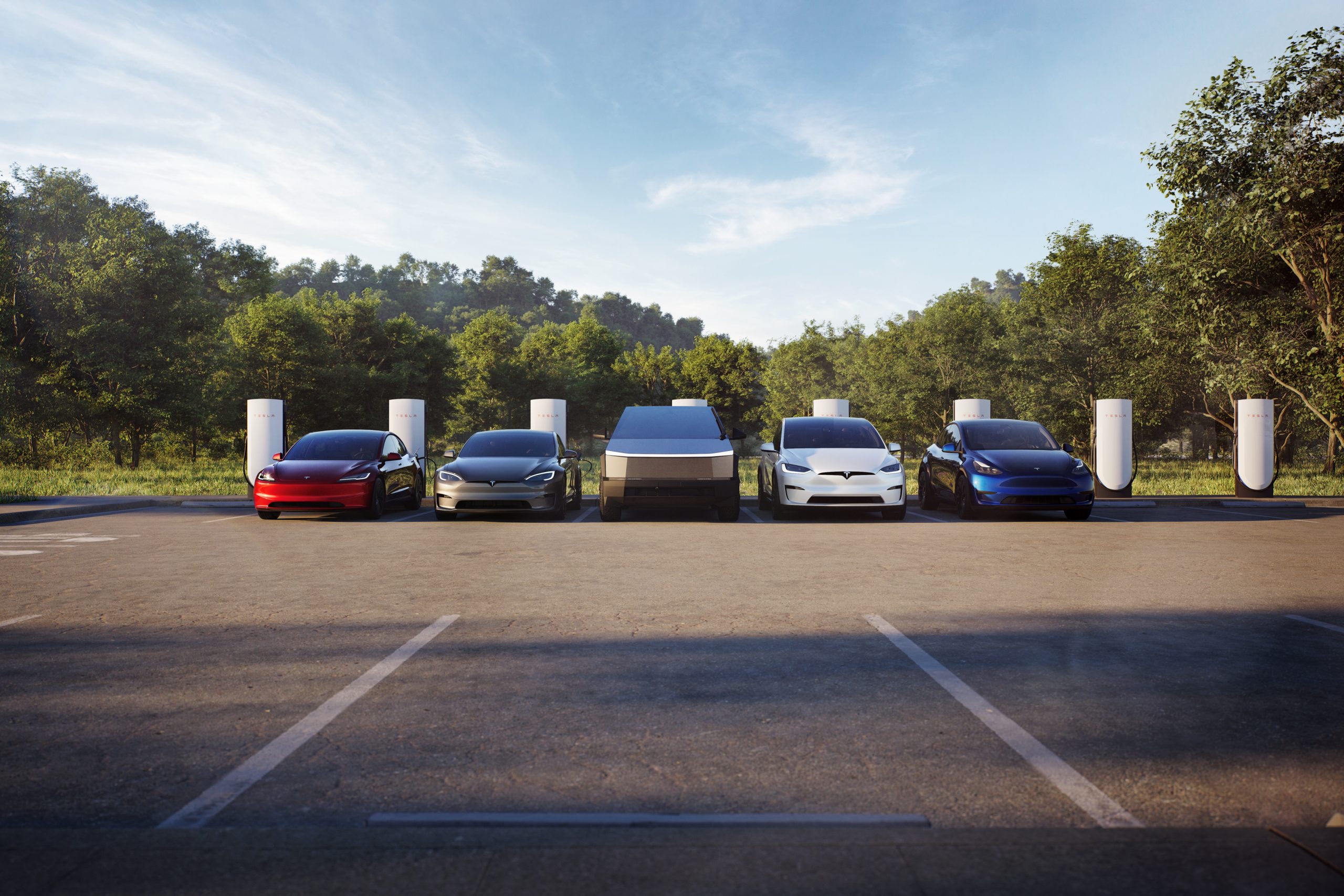
Credit: Tesla
This can boost consumer confidence in Tesla’s long-term ecosystem over competitors retreating to hybrids. With Ford making this move, it is totally reasonable that some car buyers could be reluctant to buy from other legacy automakers.
Profitability is a key reason companies build cars; they’re businesses, and they’re there to make money.
However, Ford’s new strategy could plant a seed in the head of some who plan to buy from companies like General Motors, Stellantis, or others, who could have second thoughts. With this backtrack in EVs, other things, like less education on these specific vehicles to technicians, could make repairs more costly and tougher to schedule.
Potential Increases in Market Share for Large EVs
Interestingly, this could play right into the hands of Tesla fans who have been asking for the company to make a larger EV, specifically a full-size SUV.
Customers seeking large, high-capability electric trucks or SUVs could now look to Tesla for its Cybertruck or potentially a future vehicle release, which the company has hinted at on several occasions this year.
With Ford reallocating resources away from large pure EVs and taking a $19.5 billion charge, Tesla stands to capture a larger slice of the remaining demand in this segment without a major U.S. competitor aggressively pursuing it.








